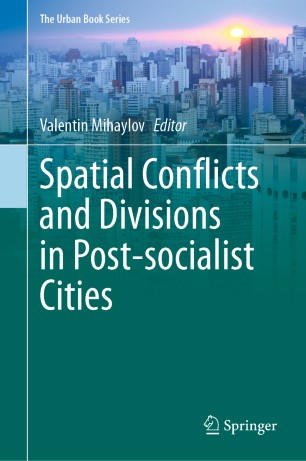

Most ebook files are in PDF format, so you can easily read them using various software such as Foxit Reader or directly on the Google Chrome browser.
Some ebook files are released by publishers in other formats such as .awz, .mobi, .epub, .fb2, etc. You may need to install specific software to read these formats on mobile/PC, such as Calibre.
Please read the tutorial at this link: https://ebookbell.com/faq
We offer FREE conversion to the popular formats you request; however, this may take some time. Therefore, right after payment, please email us, and we will try to provide the service as quickly as possible.
For some exceptional file formats or broken links (if any), please refrain from opening any disputes. Instead, email us first, and we will try to assist within a maximum of 6 hours.
EbookBell Team

0.0
0 reviewsThis book presents cross-national insights into spatial fragmentation in post-socialist cities in Europe. Trying to rethink the heritage of the last 30 years of transformation and grasp current processes taking urban units of various categories as examples, the book exemplifies typical or unique causes of political, social and ethnic disintegration of cities in Central and Eastern Europe. Presenting spatial studies into different cases of conflict in a cross-national context, the authors apply concepts of contested and divided cities, urban geopolitics, cultural atavism, contested heritage, etc.
The book is divided into four parts. The first part raises the issue of genesis, development and contemporary discrepancies of cities divided by political and state borders. The second part includes chapters which deal with the impact of ongoing geopolitical divisions, wars, and ideologies on the social and political tensions as well as their polarising effect on urban territory. The third part comprises reflections on controversial relations of ethnic and national culture with urban space. The fourth part deals with socio-economic transformation of post-socialist cities which went through transition of old patterns of spatial planning and attempts to establish more rational and justice spatial order.